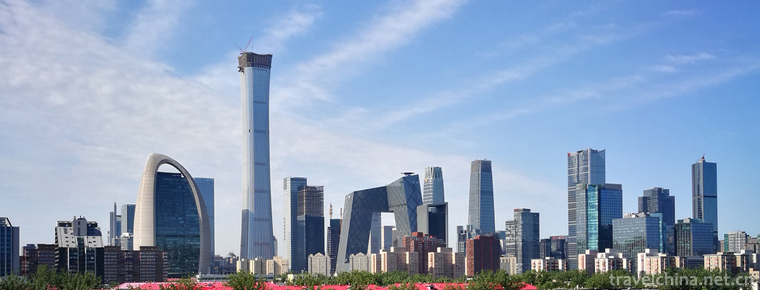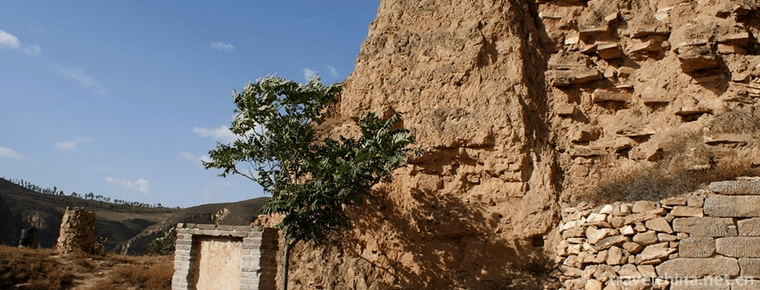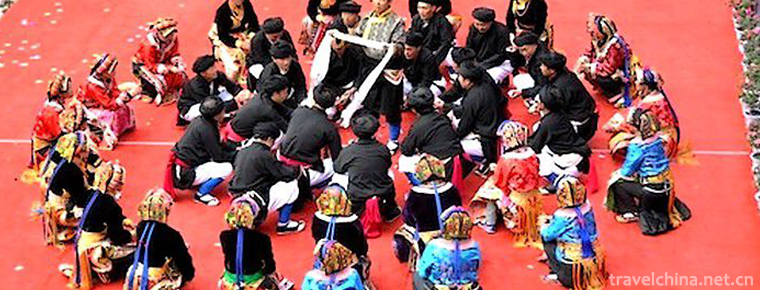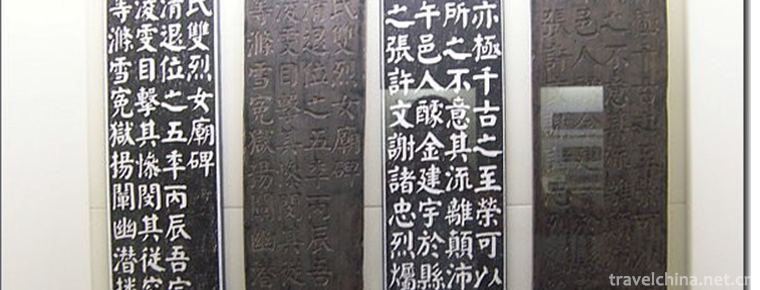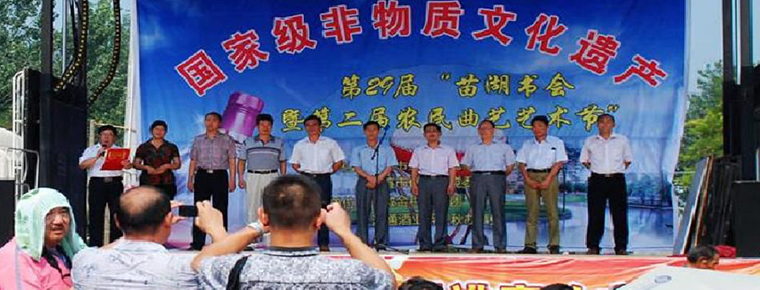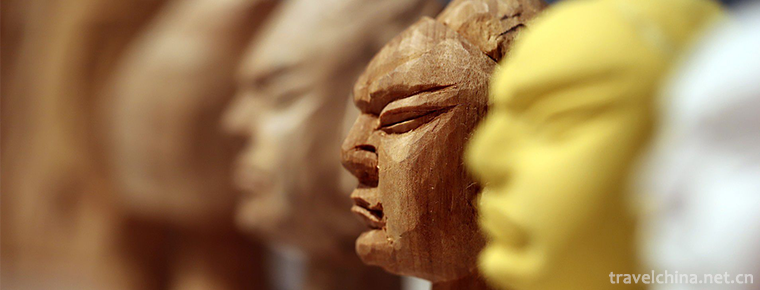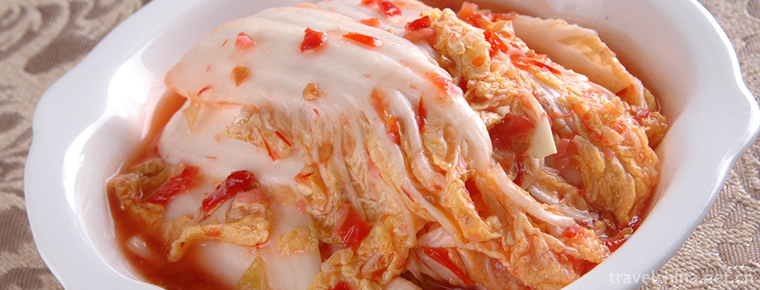Luzhou economy
Luzhou economy
overview
In 2019, the GDP of Luzhou will reach 208.13 billion yuan, an increase of 8.0% over the previous year, 1.9 percentage points higher than the national average level (6.1%) and 0.5 percentage points higher than the provincial average level (7.5%). Among them, the added value of the primary industry was 21.7 billion yuan, an increase of 2.6% over the previous year; the added value of the secondary industry was 102.19 billion yuan, an increase of 8.2%; the added value of the tertiary industry was 84.24 billion yuan, an increase of 9.5%.
One belt, one road and one belt of the Yangtze River economic belt, and the new economic development belt of Luzhou, are being put into practice in the Chengdu Chongqing region. Shuangcheng is also committed to the development of the western region.
agricultural production
In 2019, the added value of agriculture, forestry, animal husbandry and fishery in Luzhou will be 22.14 billion yuan, an increase of 2.8% over the previous year. Among them, the added value of agriculture was 13.3 billion yuan, an increase of 5.4% over the previous year; the added value of forestry was 1.19 billion yuan, up 4.2%; the added value of animal husbandry was 6.41 billion yuan, down 3.9%; the added value of fishery was 790 million yuan, an increase of 3.6%; the added value of agriculture, forestry, animal husbandry and fishery service industry was 450 million yuan, an increase of 11.6%.
industrial economy
In 2019, the added value of industries above Designated Size in Luzhou will increase by 10.0% over the previous year, 4.3 percentage points higher than the national average level (5.7%) and 2.0 percentage points higher than the provincial average level (8.0%).
From the perspective of economic type, the added value of state-owned enterprises decreased by 24.5%, that of joint-stock enterprises increased by 10.2%, that of private enterprises increased by 9.2%, and that of foreign-funded enterprises and enterprises invested by Hong Kong, Macao and Taiwan decreased by 15.2%.
From the perspective of key industries, the added value of the four traditional industries increased by 8.6% over the previous year. Among them, the wine manufacturing industry increased by 10.0%, the chemical industry increased by 5.2%, the machinery industry increased by 9.7%, and the energy industry increased by 2.6%. The pharmaceutical industry increased by 7.7% over the previous year.
From the perspective of new kinetic energy, the strategic emerging industries and high-tech industries with electronic information technology, modern medicine and high-end equipment as the main body are accelerating the development and growth. According to the calculation, the added value of the strategic emerging industries in the whole city has increased by 40.2% over the previous year, 30.2 percentage points higher than the average growth rate of the industries above Designated Size in the city, and the contribution rate of high-tech industries to the growth of industries above Designated Size in the city has reached 17.3% The added value of the industry increased by 38.4%, 28.4 percentage points higher than the average growth rate of the city's industries above Designated Size, and its contribution rate to the growth of industries above Designated Size in the city reached 14.0%.
Service industry
In 2019, the added value of Luzhou's service industry was 84.24 billion yuan, 9.5% higher than the previous year, and the growth rate was 1.0 percentage points higher than the provincial average level (8.5%). Among them, the wholesale and retail industry increased by 11.5% over the previous year; the transportation, warehousing and postal industry increased by 7.1%; the accommodation and catering industry increased by 9.3%; the financial industry increased by 9.7%; the real estate industry increased by 6.6%; and other service industries increased by 9.6%.

Luzhou economy
-
Yashan Huahai Stone Forest
Yashan Huahai Stone Forest Tourist Area, located in Nanling County, Wuhu City, Anhui Province, is one of the important scenic spots in Anhui's "two mountains and one lake" tourism economic c
Views: 178 Time 2018-12-20 -
Chaibuxi Canyon Scenic Area
Chaibuxi Canyon Scenic Area is located in the eastern part of Wufeng Tujia Autonomous County, with Wulingyuan in the South and Qingjiang River in the north. Zhangjiajie belongs to Wuling Mountains.
Views: 255 Time 2019-01-04 -
Hohhot Laoniuwan Tourist Area
Laoniu Bay is located at the entrance of Shanxi-Shaanxi Grand Canyon. This is the Great Wall, the only typical parallel section of the Yellow River. The widest part of the river is not more than 100 m
Views: 172 Time 2019-01-16 -
Bo Ba Shen en
Bobassengen is a unique folk large-scale narrative mass pot village dance created by Ganbao Tibetan Village in Jiarong Tibetan area, Lixian County, Sichuan Province. "Boba"
Views: 413 Time 2019-04-04 -
Rubbing and Printing Skills of Hengshui Inscriptions
Hengshui Law Tie Engraving and Printing Technology, the traditional handicraft of Taocheng District, Hengshui City, Hebei Province, is one of the national intangible cultural heritage.
Views: 210 Time 2019-05-03 -
Jieshou Book Club
The first book of the world will be a national list of intangible cultural heritage. Miaohu Book Club in Jieshou City is a unique bonsai project in its culture and art.
Views: 141 Time 2019-05-06 -
Puppet Head Sculpture
Zhangzhou puppet head carving is a traditional folk arts and crafts in Zhangzhou City, Fujian Province. It belongs to a special skill in the production of puppet stage props. Zhangzhou puppet head car
Views: 139 Time 2019-06-06 -
Kimchi Making Skills Korean Kimchi Making Skills
Kimchi of Korean nationality is one of the traditional food with the most national characteristics of Korean nationality, and its pickling method is constantly enriched and developed. In the long hist
Views: 314 Time 2019-06-09 -
Puning Ying Song
Puning Yingge is a traditional folk dance style widely spread in Puning City, Guangdong Province. It was created and compiled by Yitang people during the reign of Qianlong in the Qing Dynasty. It has
Views: 141 Time 2019-06-09 -
Qiang Mu Zashrunbu Temple Shigatse
Qiang Mu is a religious dance, also known as "Dancing God". "Semochim Qiang Mu" is a Tibetan Buddhist Gru-sect Qiang Mu performed by monks at Zashrunbu Monastery in Xikaze, Tibet.
Views: 111 Time 2019-06-11 -
Zhaojue Temple
Zhaojue temple, located 5 kilometers north of Chengdu, is known as "the first Zen forest in Western Sichuan". It was changed into a Buddhist temple in the Tang Dynasty (627-649) and named Jianyuan temple.
Views: 140 Time 2020-10-18
